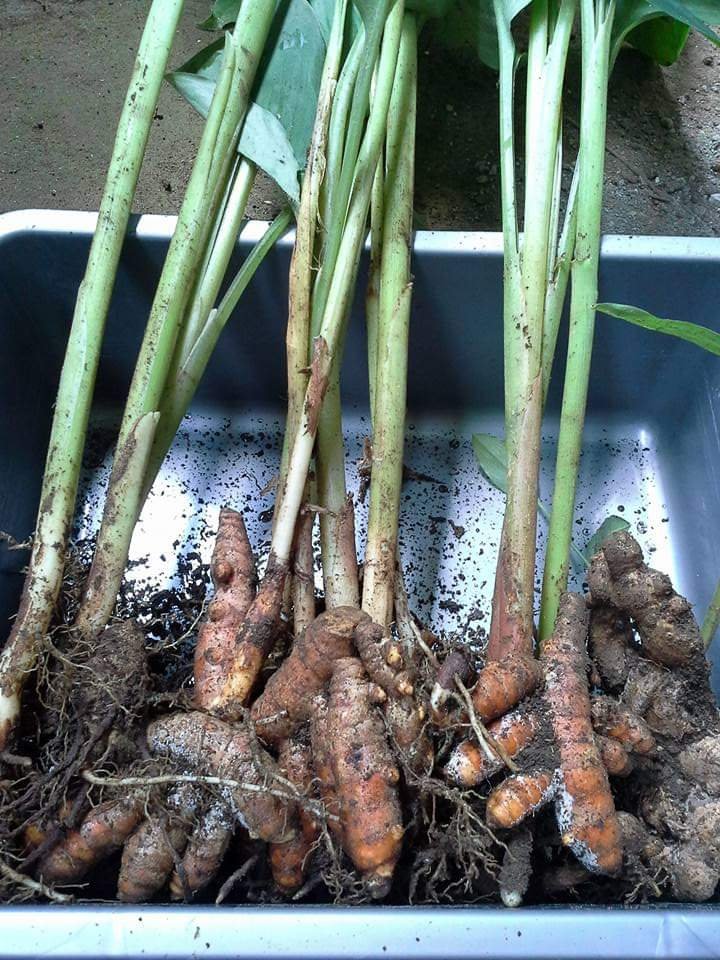
A BRIEF GUIDE TO FISH CULTURE
Kencur is a type of rhizome plant that is very popular in Indonesia. This plant, which has the Latin name kaempferia galangal L, thrives on black and sandy soil. Kencur has a unique physical shape with artificial stems. This means that this plant does not appear to have stems. There are only leaves and roots.
In several regions in Indonesia, kencur is known by different names. In Sunda the cencur plant is called the name cikur, in Bali it is known to be concave, in Ambon it is called asauli, in Aceh it is famous for the name ceuko or tekur, in Batak it is called kewicer, in West Sumatra it is popular with the name cakue, and the people of Irian call it kencur carve.
The plant commodities that live in this cluster are fairly high. This makes the cultivation of kencur plant promising. In addition, the process of cultivating kencur is not so complicated and does not take up high maintenance costs.
The following is a brief guide to cultivation that can be tried if you want to enter the business of kencur cultivation.
Hatchery
Seeds or kencur seeds can be taken from high-quality kencur that is old but still fresh. For agricultural scale, seedlings should be left first in a closed and moist place for several days until the shoot grows. This is done so as to facilitate the growth of seeds when planted.Land Processing
Before being used to plant kencur, the land must first be processed. The trick is to hoe it with a depth of 20 to 30 cm. Don't forget to make drainage to avoid standing water, because standing water can cause the kencur plants to rot. Create 2-by-3-meter wide plots. For the length can be adjusted to the area of land.Planting
Planting kencur should be done at the beginning of the rainy season because it can help the growth process of kencur. But do not let the soil be flooded, and choose a place that is exposed to enough sunlight. Kencur seeds are planted with a depth of 5 to 7 cm with buds facing up. The spacing of each seed is around 80 x 40 cm.Care
The first treatment for galingale plants is fertilizing. The first fertilization is when processing land by providing organic fertilizer, it can be in the form of manure or compost to nourish plants and improve soil structure.
In addition, additional fertilizer is needed twice as long as the plant is 45 days old. Fertilizers used can be TSP, Urea, KCL and Urea. Provision of additional fertilizer depends on the level of soil fertility. If the soil is fertile, the fertilizer dosage can be reduced.
In addition to providing fertilizer, kencur care that must be done is weeding to avoid weed attacks. The first weeding can be done when kencur is 2 to 3 weeks old. After that weeding can be done routinely 3 to 6 weeks to suppress disturbing weed growth.
In addition, kencur care is carried out by eradicating pests. Pests that usually attack the kencur plant are caterpillars. To eliminate these pests, insecticides can be used in accordance with the recommended dosage and dosage.Harvest
The right time to harvest kencur is during the dry season. The way to harvest is to dismantle the kencur plant and then clean the rhizome from the soil. Once clean, kencur can be marketed at a price that varies depending on the quality of the kencur produced.
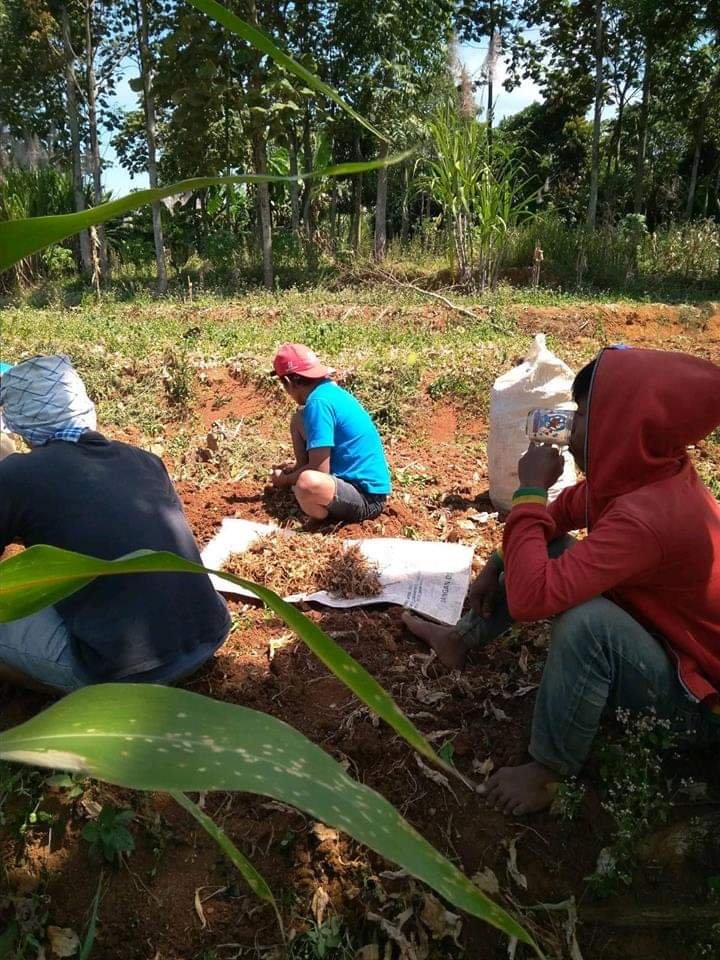
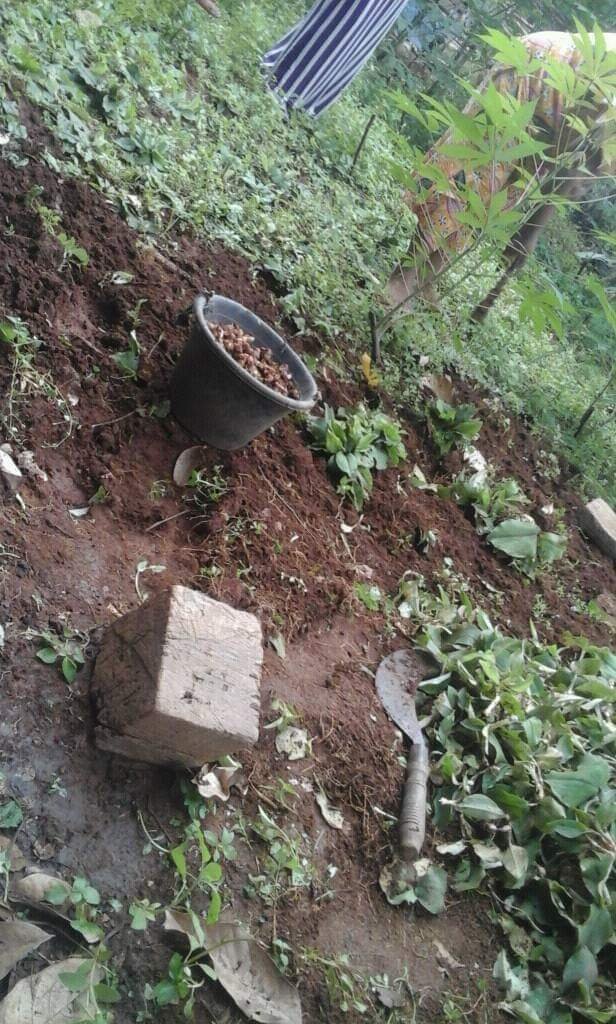
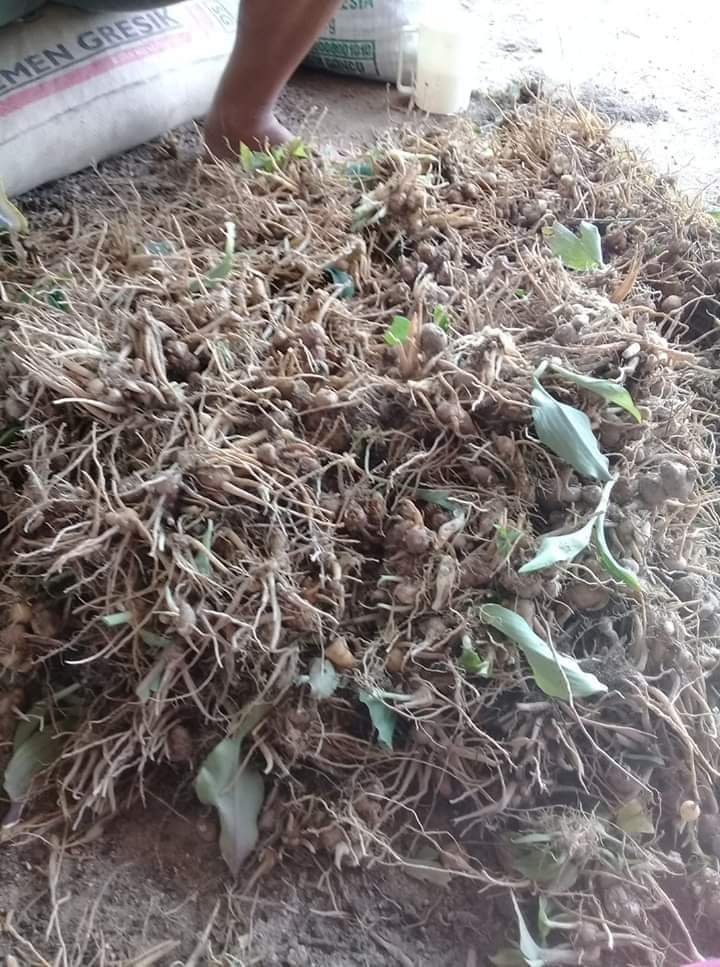
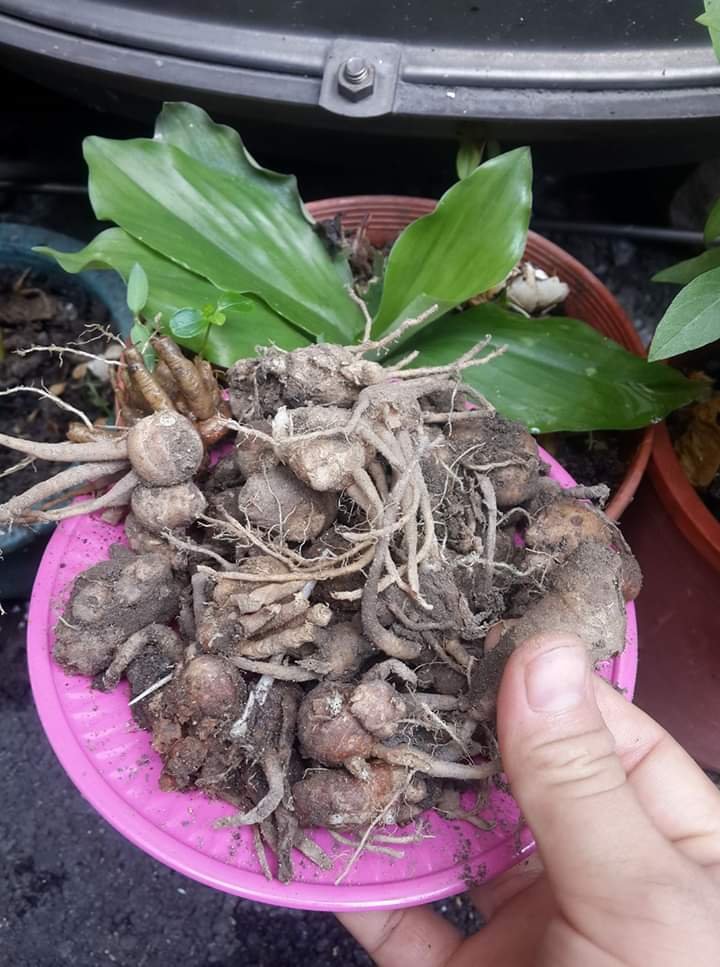
Nice pictures and guide but I am confused why the heading at the top says this is a brief guide for Fish Culture? I don't see anything about fishes / aquaculture here?
Something fishy indeed. I am wondering why the cover photo looks exactly like Turmeric, known for the orange rhizome, which is not described in the article.
that is also what galangal looks like (the more common name for Kencur). I don't think there are any issues with the photos, but the text seems like it might be auto translated from a non-English source.
Hello @mansurson! This is a friendly reminder that you have 3000 Partiko Points unclaimed in your Partiko account!
Partiko is a fast and beautiful mobile app for Steem, and it’s the most popular Steem mobile app out there! Download Partiko using the link below and login using SteemConnect to claim your 3000 Partiko points! You can easily convert them into Steem token!
https://partiko.app/referral/partiko